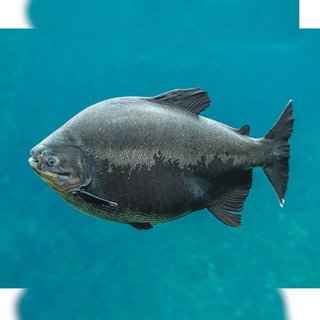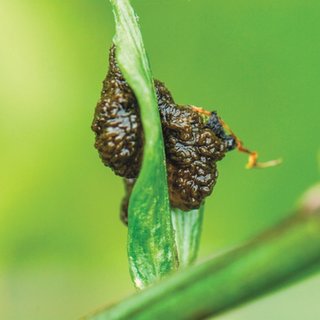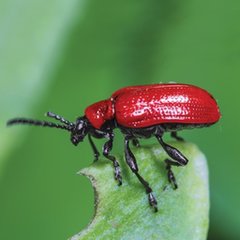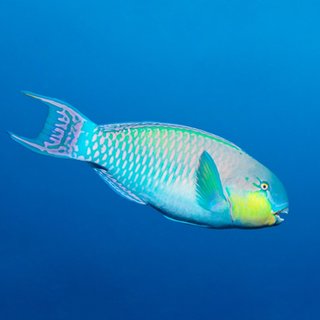
Poop
Nearlyallanimalspoop.It’showtheirbodiesgetridofsolidwaste.Thatcouldbefoodthattheirdigestivesystemscan’tbreakdownoruseforenergyandhealth.Itcouldalsobegrossthingslikegermsordeadblood cells.
Thescientificstudyofpoopiscalledscatology (ska‑TALL‑uh‑gee).Andyes,peopledostudyit.Especiallyanimalpoo.Why?Becausewhenananimaldefecates,orpoops,itspoopispackedwith information.
Scientistshavestudiedpoopfromcreaturesasfarbackasthedinosaurs.Aplopofpoopisapuzzlepiecetothem.Theycantellwhatkindofanimalleftitandwhen;theanimal’sage,size,andgender;itsoverallhealth;andwhetheritatemeat(carnivore)orplants (herbivore).
Notallanimalspoopthesameway.Slothspooponceaweek;geeseaverageonceevery12minutes.AnadultAfricanelephantcandropmorethan136 kilograms(300 pounds)ofpoopevery day!
Poopcomesinmanyshapesandsizes.Squirrelspoopbean‑sizedroppings.Wombatspoopoutcubes.Somesharkshavetwistedintestinesandpoopinspirals.Othersblastoutyellowishpoopcloudsthatsmallerfishfeast on.
Thepurposeofpoophasotherbenefitsbeyondjustgettingridofwaste.Poopcanspreadseeds.Itcancreatesandyislandbeaches.Itcanbeusedasaweaponorashield.Poopactsasamessageboard,marksturf,andscaresotheranimalsaway.Poopcanbeabuildingblockforshelters.Itcanevenhelpregulatebodytemperature.Who knew?
PoopWitha Purpose
Thetambaquifishhasagreenthumb(orfin),anditdoesn’tevenknowit.It’safruit-andseed‑eatingfishintheAmazon.Iteatstheseedsofwaterplants.Seedsthataren’tdigestedarepoopedoutand“planted”elsewhere—someasfaras5,000meters(3 miles) away.

plants seeds
tambaqui
Algae‑eatingparrotfishnibblealgaeoffofcoralreefs.Whenit’stimetopoop,theypoopoutsand—bitsofcrushedcorals.Justoneparrotfishcanproducemorethan300 kilograms(660 pounds)offinewhitesandeachyear.Itwashesashoreorcollectsinplaces,buildingandmaintainingothercoralreefs.Ifyouhaveeverbeentoawhite‑sandbeach,youmayhavebeenplayinginparrotfish poop.
Leafbeetlescovertheireggsindroppingsthatthenharden.Thehatchedlarvaelaterbreakaholeinthesecasesandusethemasmobilehomes.Otherbeetlehatchlingsbuildtowersofpooptheycanuseasshieldsanddaggers.Thisprotectivecovercanbemadeinaslittleas12 hoursandmaycontainchemicalstoxictoother insects.

leaf beetle
larvae

leaf beetle
makes homes
Name‑Droppings
Humans’solidwasteiscalledstool,feces (FEE‑seas), andexcrement (EX‑crum-ent).Animals’wastehasdifferentnames,too.Hereareafewandtheanimalsmostoftenassociatedwith them:
castings – worms
droppings – birds
dung – cattle,elephants
fewmets – deer
frass – insects
guano – bats,seabirds
scat – wildanimals
spraints – otters

